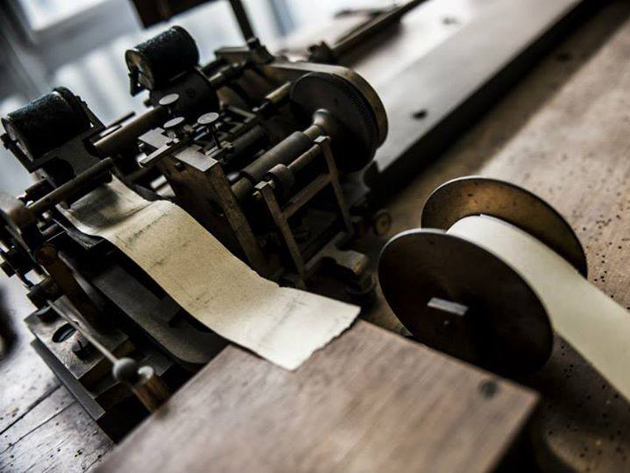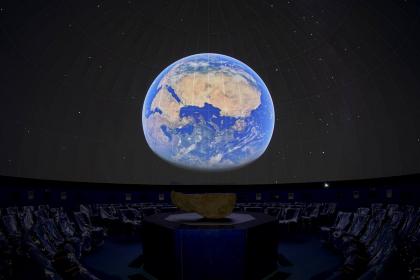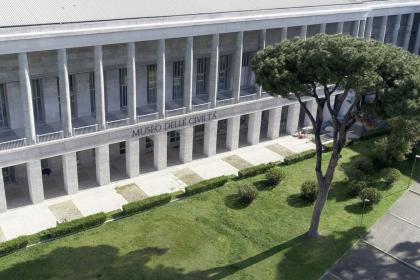
Located in the heart of the modern EUR district, the Museum - owned by the Ministry of Economic Development - traces the evolution of communication and the land, sea and air postal service from the past to the mechanisation phase. The collection was started in 1878 at the Telegraph Technical Office in Florence by Ernesto D'Amico, then General Director of the Telegraphs of Italy. D'Amico ordered to collect disused telegraph materials and equipment coming from the “Officii telegrafici” of the Italian pre-unification states.
Transferred to Rome in 1907, in some rooms of the Rome Prati Post Office, it was opened to the public only after the Second World War, on 21 June 1959, for the postage stamp day. Following new acquisitions and donations, in 1977 the museum was moved to the then Ministry of Communications headquarters, where it was inaugurated in 1982.
The museum path covers an area of about 3,500 square meters and winds through a series of exhibition sectors dedicated to Post, Telegraphy, Telephony, Radio, Television, Philately and Marcophily. The heritage consists of about 3,000 finds, including relics and documents, more than a million ancient and modern stamps, and almost 90,000 postmarks and seals. Several sections are reserved for sketches, postcards, telephones, telegraphs, radios, televisions, coats of arms, and mailing boxes. A valuable historical archive keeps letters, notices, accounting documents, period newspapers, geographical maps, photographs, and ancient and modern books of the Ancient Italian States and the Kingdom of Italy.
Inside the museum, it is possible to admire the ceramic reconstruction of the Tabula Peutingeriana - a medieval copy of a map with the military routes of the Roman Empire and the Near East - devices by Meucci and Morse, the floating laboratory used by Guglielmo Marconi for his experiments, the pantelegraph ancestor of the fax, the reconstruction of an ancient Post Office of the Duchy of Parma, and one of the three existing examples in the world of the Enigma cryptographic machine, used during the Second World War for the transmission of coded messages.
Planetarium and Astronomy Museum

 Condividi
Condividi
MuCiv - Museo delle Civiltà

 Condividi
Condividi
Parco Centrale del Lago (Central Lake Park) - Laghetto dell’E.U.R. (EUR district lake)

 Condividi
Condividi
Information
For the opening times and guidelines please check the official website
 Condividi
Condividi
Location
To find out about all accessibility services, visit the Rome accessible section.











































